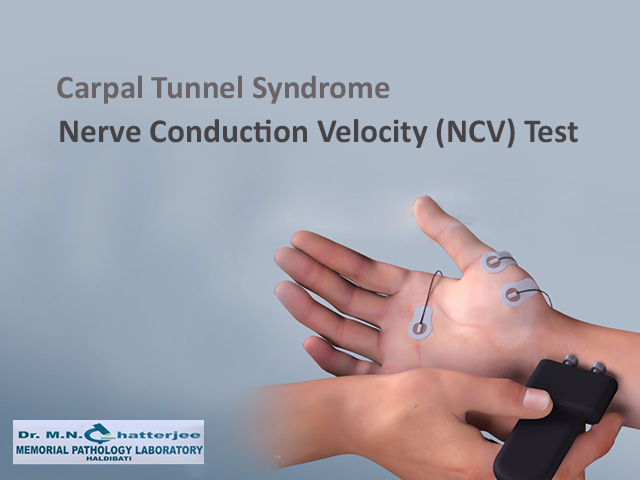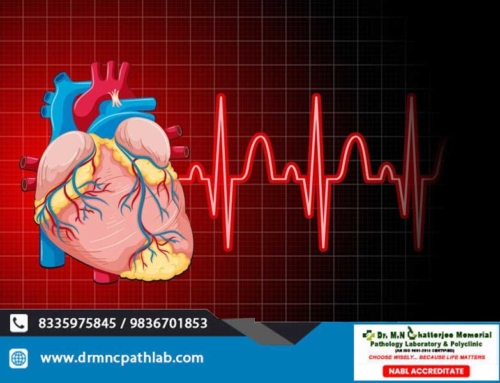The test which measures how fast an electrical impulse moves through your nerve is called a nerve conduction velocity (NCV) test, which is also known as nerve conduction study (NCS). If there is any nerve damage, it can be identified by NCV. It is done in pathology labs.
Outside of your brain and along your spinal cord, your peripheral nerves are located. To control your muscles and experience the senses, you get help from these nerves. Electric signals are sent more quickly and with greater strength by healthy nerves in comparison to damaged nerves. In differentiating between an injury to the nerve fibre and an injury to the myelin sheath, which is the protective covering surrounding the nerve, the doctor gets help from the NYC test. The difference between a nerve disorder and a condition where a nerve injury has affected the muscles can be found by your doctor with the help of it.
An electromyography is a related test that may be done. The electrical activity in your muscles is measured by this. At the same time as an NCV, it is often done. The presence, location and extent of diseases damaging the nerves and muscles are found in both tests.
Why is nerve conduction velocity (NCV) test done?
To find the difference between a nerve disorder and a muscle disorder, NCV is often used along with an EMG in a diagnostic centre. Any problem with the nerve is detected by NCV. Whether the muscle is working properly in response to the nerve’s stimulus is detected by EMG.
NCV can check various diseases or conditions, which include:
- Guillain-Barre syndrome
- Carpal tunnel syndrome
- Charcot-Marie-Tooth disease
- Herniated disk disease
- Chronic inflammatory polyneuropathy and neuropathy
- Sciatic nerve problems
To find the causes of symptoms such as numbness, tingling and continuous pain, nerve conduction studies may also be done. Your healthcare provider may recommend NCV for other conditions.
How to prepare during an NCV test?
- You can ask questions to your healthcare provider who will explain the procedure.
- There will be a consent form that gives you the permission to the procedure. Ask questions if something is not clear after reading the form and then sign it.
- After the procedure, generally, you will not need to fast or get sedation.
- Before and during the procedure, normal body temperature must be maintained as low body temperature slows nerve conduction.
- Give the information of all medicines (prescription and over-the-counter) and herbal supplements taken by you to the healthcare provider.
- You should be dressed in clothes that allow access to the testing area or those which can be easily removed.
- For a few days before your procedure, stop using lotions or oils on your skin.
- Your healthcare provider may request other preparation based on your medical condition.
What to expect during the test?
There may be some variations in the steps of nerve conduction studies, but in general, they follow a general process.
- Any clothing, jewellery or other things which can interfere with the procedure will have to be removed by you.
- You will be given a gown after you remove your clothes.
- For the test, you will be asked to sit or lie down.
- The nerve to be tested will be located by the neurologist.
- A recording electrode will be attached to the skin over the nerve by a healthcare provider using a special paste. Then a stimulating electrode will be placed at a known distance away from the recording electrode.
- Through the stimulating electrode, a mild and brief electrical shock will be given which will stimulate your nerve.
- A minor discomfort may be experienced by you for a few seconds.
- On a monitor, the stimulation of the nerve and the response will be displayed.






